OFF THE PACE: WHAT RACING SHOULD DO YESTERDAY PT. 3
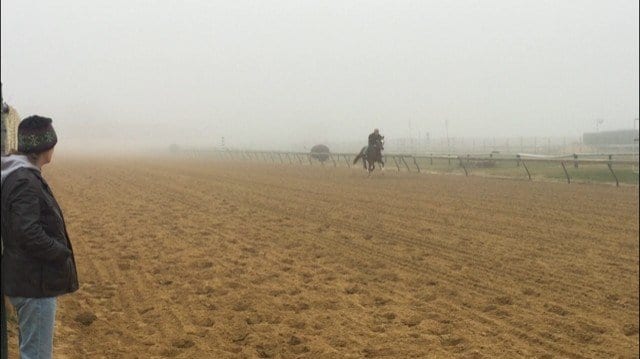
Racing in the United States is going to be very different 20 years from now. Its business model, which in many places relies in large part on subsidies such as slot machine revenue to survive, is unsustainable. A change in the winds of political favor or public perception could kill the game in many states.
What’s more, the threat of impending competition from sports betting for the limited gambling dollars is a new storm brewing rapidly. What response does the industry have?
I’ve spoken with industry insiders (Part 1) and fans and bettors (Part 2) about these topics. Below I propose my own list of 10 steps racing should take immediately. Some may find this list to be unrealistic. I would argue, however, that maintaining the status quo is even moreso.

- The main focus should be on increasing handle. Increased handle leads to higher purses, which will help stem the decrease in owners and foal crops. If bettors were recognized as the number one priority, the game would be in much better shape. Improving the health of the game will benefit owners, jockeys, trainers, backstretch workers, track staff and all the industries connected with racing. That improvement starts with a focus on the customer – the bettor.
- The punishment for cheating and cruelty to horses has to be strict and consistent.
- Laurel Park wraps up busy turf season
 Laurel Park concluded its turf season Thanksgiving day, wrapping up a season during which it carded more turf races than any other US track.
Laurel Park concluded its turf season Thanksgiving day, wrapping up a season during which it carded more turf races than any other US track.
- Takeout needs to be reduced for virtually all betting pools, at every track. The goal would be to find the sweet spot where handle – and the revenue it generates for purses and for the track — actually increases as the money returned to the bettors gets churned back through the windows. This increase in handle would offset the reduced rake from each individual race. This is good customer service and would lead to more current bettors showing a profit. It would also attract new bettors and help offset the competition from sports betting, which has a much higher return (or, if you prefer, lower takeout) rate. Is takeout an issue? What struggling business ever recovered by keeping the same product and having higher prices than its competition?
- I believe there should be less racing and fewer tracks. Should tracks run year-round? Should there be races in the dead of winter? Should regional tracks run against each other as often as they do? The answer to all of these questions, in my opinion, is “no.” By eliminating these practices tracks will lower their expenses, have fuller fields, increase daily handle, and decrease the wear on horses.
- Tracks should increase emphasis on providing great customer service. This is more about attitude/effort than it is budget and is a keystone of any successful business. For ideas, look to many minor league baseball stadiums with their fan-friendly atmosphere and pricing.
- Good marketing is essential for growing the game. The sport’s overall marketing is often uninspired. It generally treats the customers as one big monolith as opposed to segmenting different groups. Social media is under-utilized despite its low cost. Many insiders promote their individual brands as opposed to the sport as a whole.
- Customer retention is cheaper than customer acquisition. Marketing dollars should be allocated in the following order: First, reward your most regular customers. Second, market to people who gamble on other events. Third, market to likely gamblers. Fourth, market to novices to get them to come out to the track and experience a fun day.
- “New door opened,” Jaime Rodriguez shifts tack to NY
 Jockey Jaime Rodriguez won five consecutive Delaware Park riding titles and a couple of others at Laurel. Now it’s on to New York.
Jockey Jaime Rodriguez won five consecutive Delaware Park riding titles and a couple of others at Laurel. Now it’s on to New York.
- Racing needs to hire a national PR firm that proactively will present a positive image for racing. The focus would be on action items that improve the image of the game. One concrete example: strong promotion for thoroughbred aftercare. It could be financed through charitable contributions by those inside the industry. It is the right thing to do and will show the public we really do care. A proactive PR emphasis will be much more effective than just reacting to PETA and bad press.
- The sport as a whole and individual tracks need to reduce expenses. I have never seen a business in which there is no fat that could be cut. What is the downside? Is it that some connected brother-in-law may be out of a job?
- There needs to be a better effort in educating the casual player on how to read a form and wager smartly. Providing a simplified free version of racing data and classes would be a good first step.
When I started in banking in the 1970s, I was told that branch banks, checks and cash transactions were all going to disappear. A half a century later, all those elements are still with us, albeit in smaller numbers. Racing is not predestined to die, but it must adapt and consolidate to remain viable.
LATEST NEWS


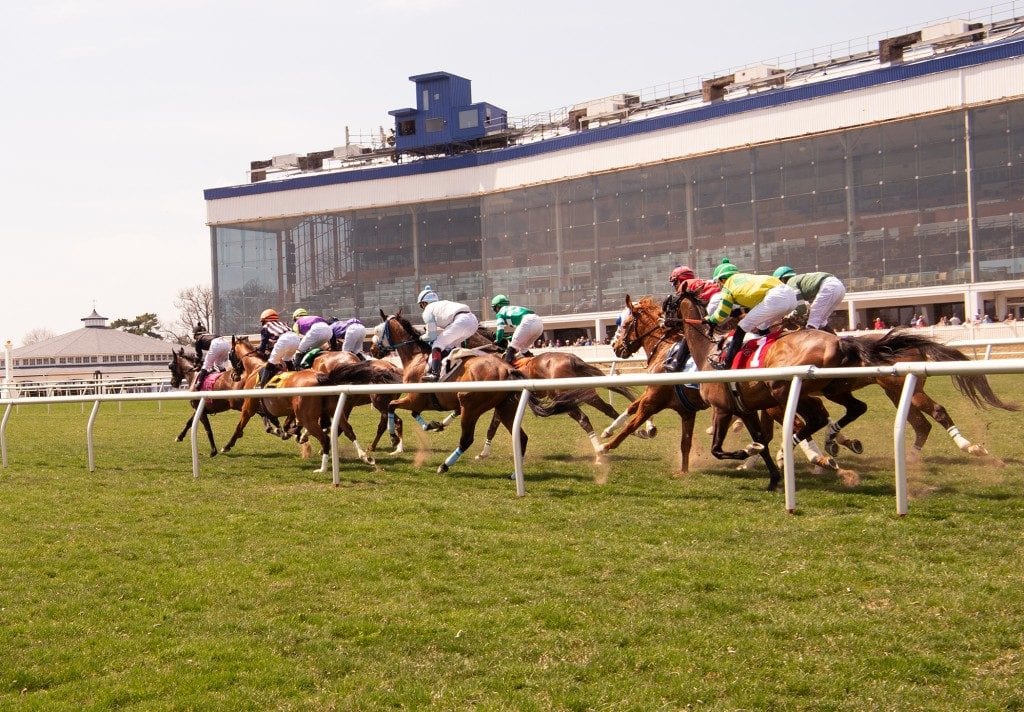
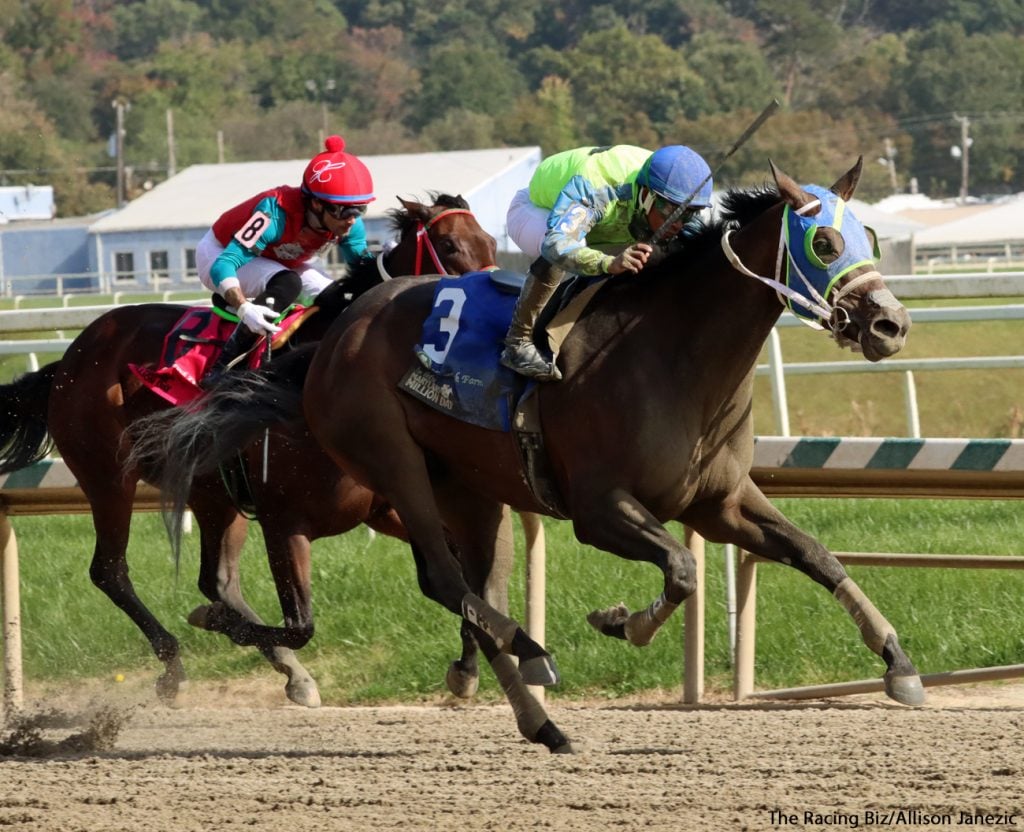
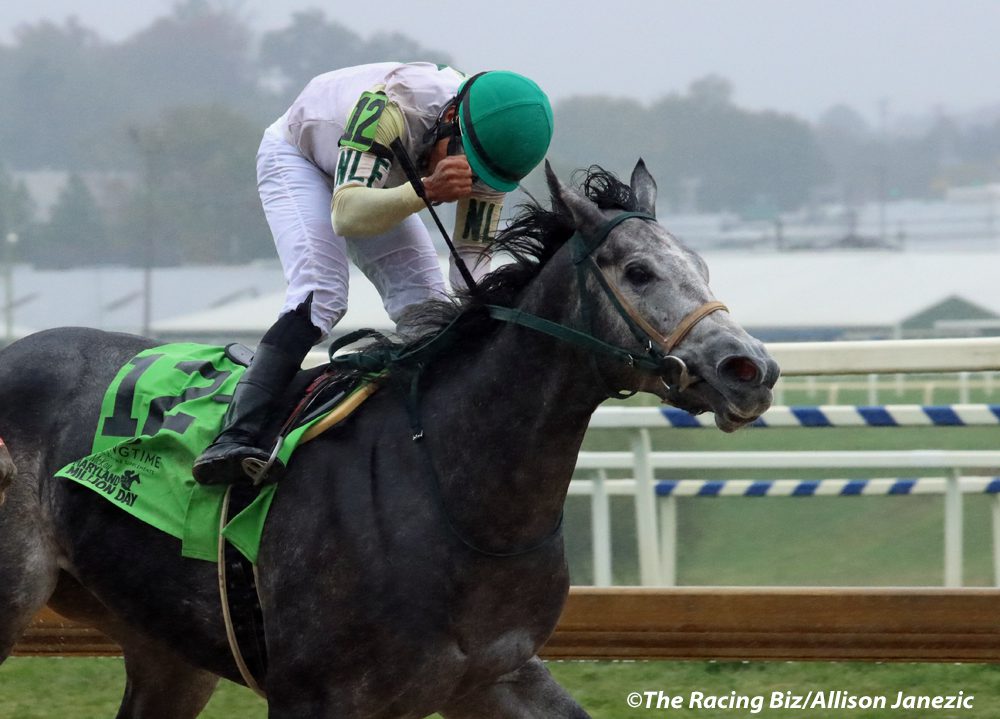
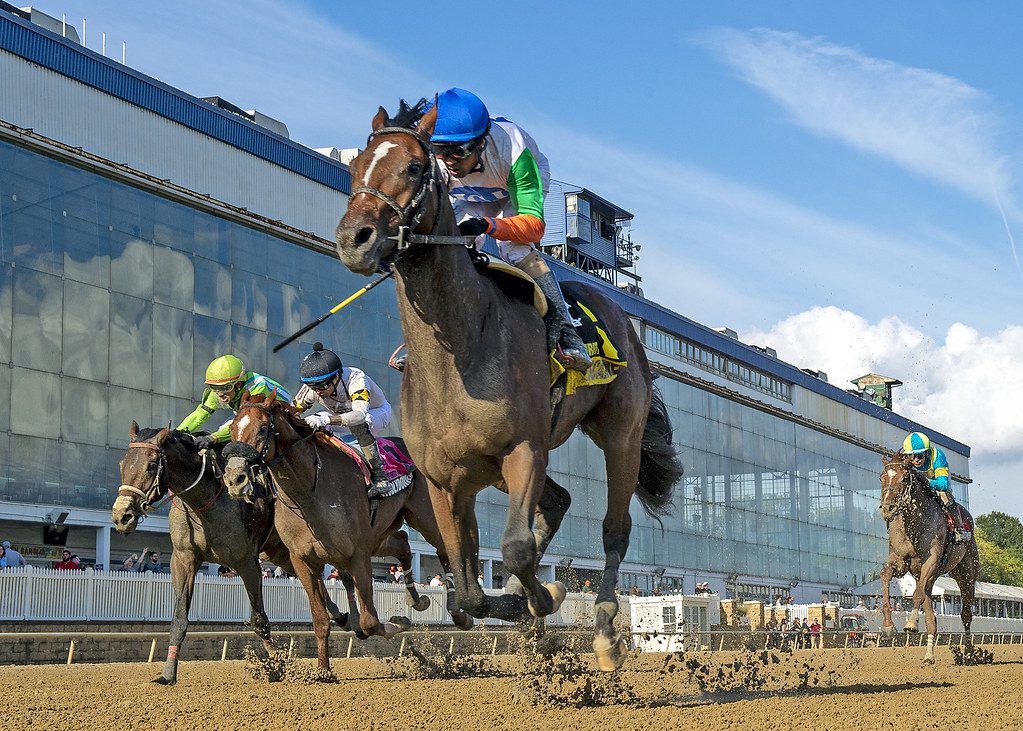
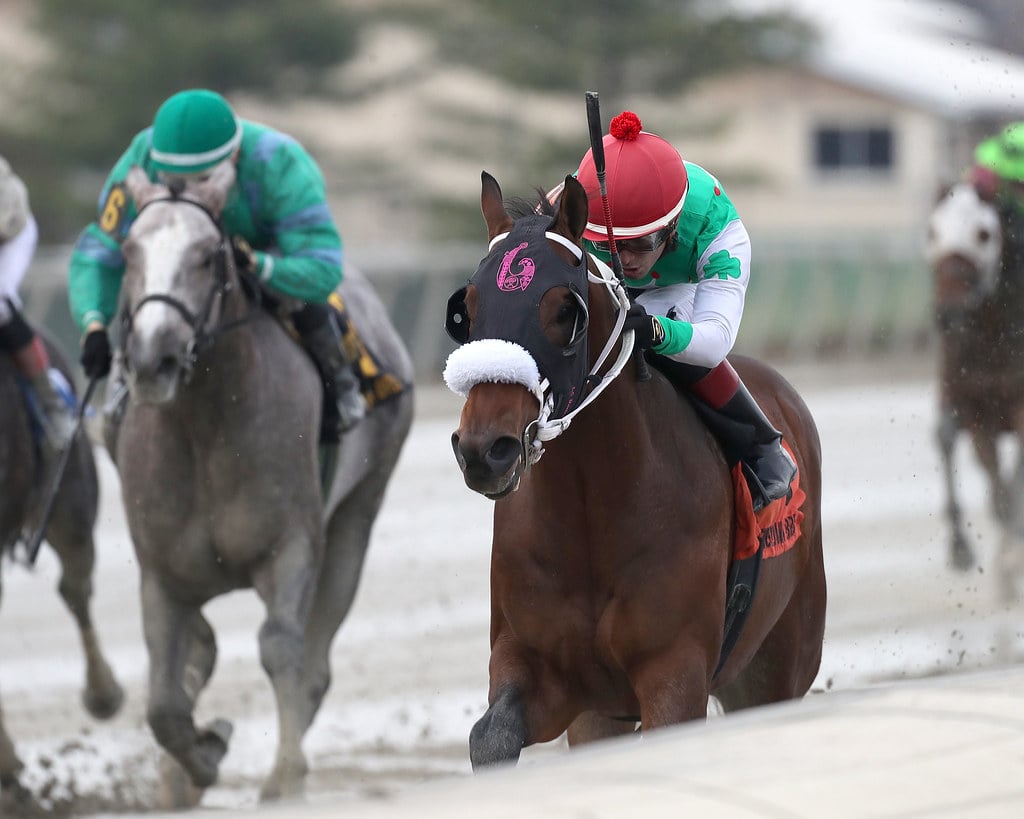
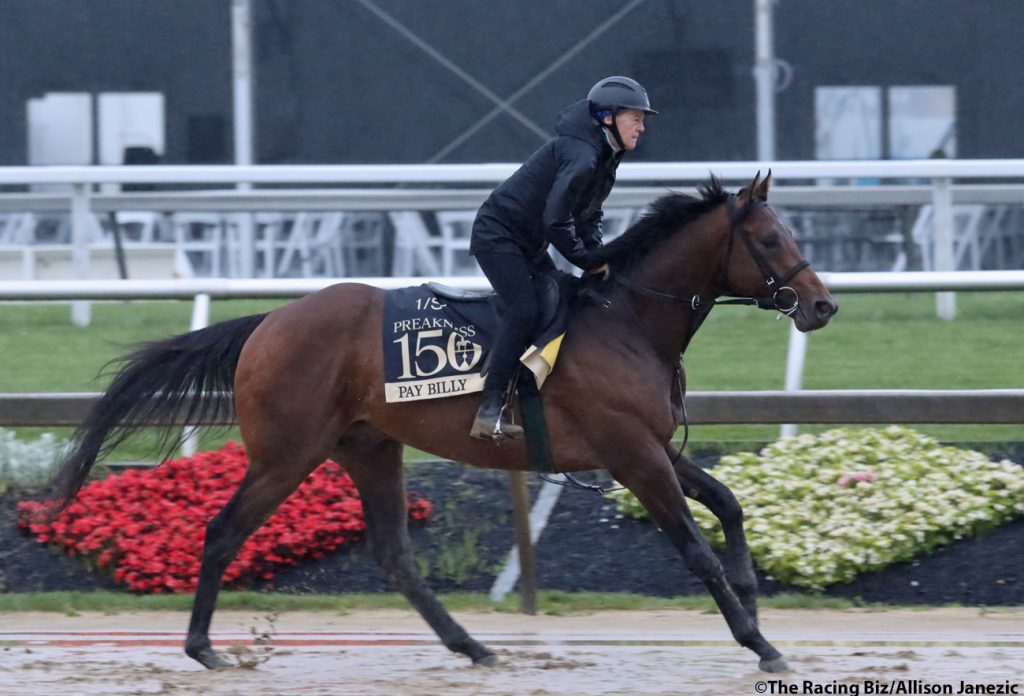
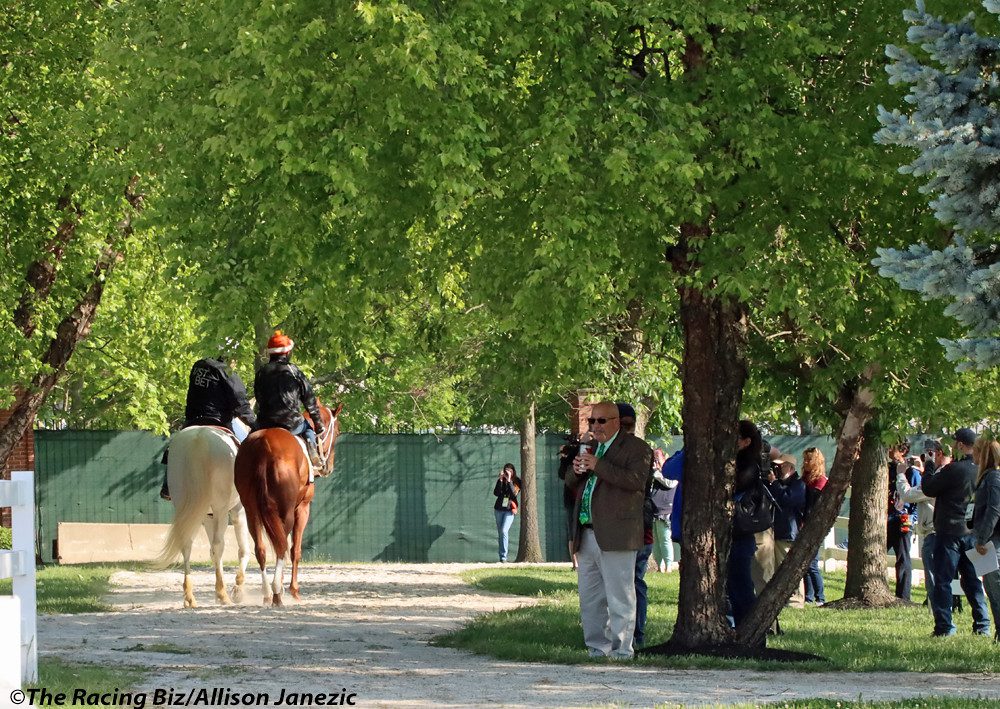
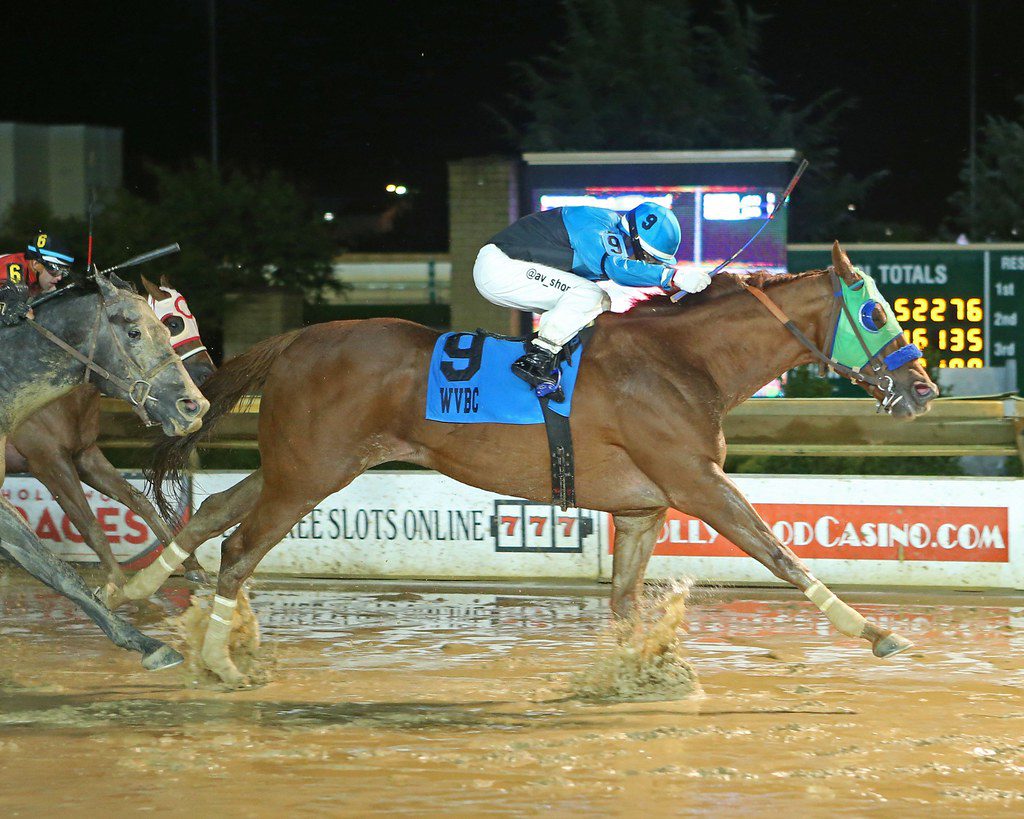
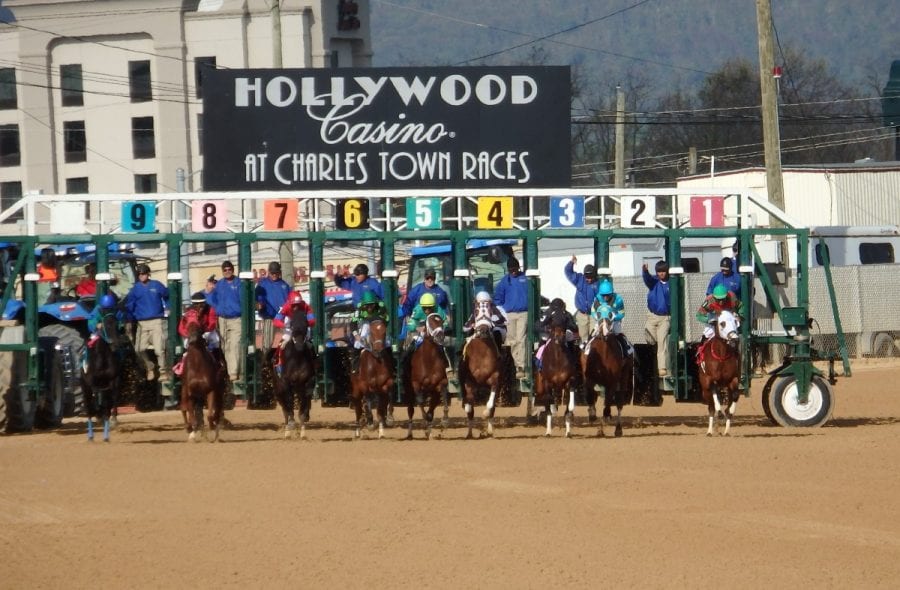








Anonymous
28th Apr 20215
Bill Myers
28th Apr 2021Disagree with some of the rankings but solid 10 ideas.
Chuck Hutson
29th Apr 2021I am a personal friend of the author and have been to the track a couple of times but know very little about racing and betting. However, I do keep up to date on news in general and so am aware of public perceptions about racing. I do think that the industry needs to show it genuinely cares about the welfare of its horses so items #2 and 8 are particularly important and in its own best interest. As for most of the other suggestions, they seem so common sense, especially from a marketing perspective, that I am surprised there is not more of a push from within the industry to adopt some of them.